1965-1972 Dodge Phoenix - Buyer's Guide
.jpg)
.jpg)
.jpg)
|
The Phoenix has been around for many years, in many iterations, always flying Chrysler Oz's flag proudly
1965-1972 Dodge Phoenix
During the 1960s when three US-owned car-makers dominated Australia’s motor market, each of them was obliged to offer a big, American-designed model as the ‘flagship’ of its range.
The Dodge Phoenix that changed shape in 1965 was still a basic Plymouth Fury with Chrysler’s small-block 318 (5.2-litre) V8 and mandatory automatic transmission.
After some less than happy styling changes that occurred in previous years, this version of Phoenix/Fury went for simplified lines with a full-width grille and stacked headlights. From the rear it was less appealing; let down by a droopy boot and low-set tail-light clusters that for 1966 were lifted closer to waist height.
| Read next: Aussie original - Dodge Phoenix
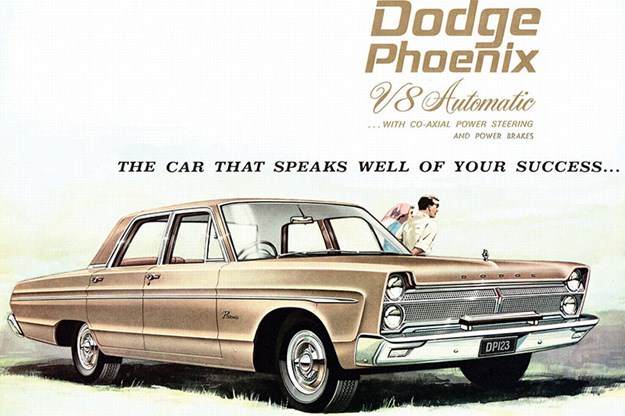
1967 brought another new look and boost to prestige when Chrysler Australia introduced its first locally-assembled Phoenix Hardtop. While the sedan retained its 5.2-litre V8, Hardtops were deemed sufficiently sporty to justify a 6.3-litre motor with 200kW and 174km/h maximum speed.
The trim was high-quality vinyl with stylish pleating, armrests everywhere and even retractable headrests for the Hardtop’s reclining front buckets. Power steering was standard, a radio and air-conditioning were popular accessories. The boot was fully lined, including a cover for the intrusive spare wheel. Two things the 1.8-tonne Dodge did not get were front brake discs and road-testers ripped into Chrysler for their omission. However it took two years and another restyle before the Phoenix would finally be equipped with the disc brakes it had long deserved.
| Read next: Dodge Phoenix review

The shape changed again and for a final time in 1969 and with the restyle came a new marketing ploy.
Having decided that the market could only feasibly support 400 sales each of the sedan and hardtop, Chrysler Australia subtitled its new Phoenix as a ‘Limited 400’, complete with numbered plaques on the dash.
The Limited was a sales success and encouraged Chrysler to import a batch of mildly re-modelled cars for sale during 1971-72, distinguished by a modernised grille and hubcaps. These would be the last big Dodges sold officially in Australia.
| 2019 Market Review: Dodge 1921-1972
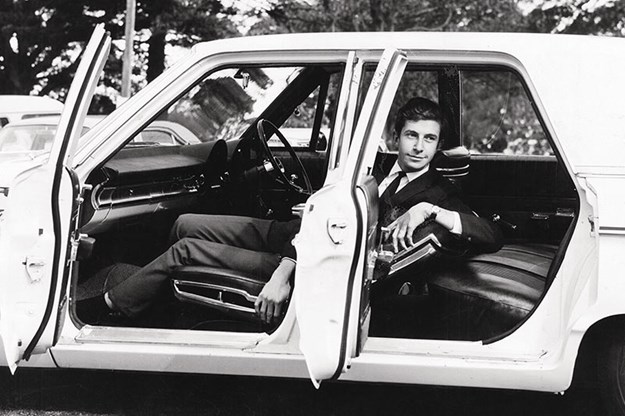
Size, their outstanding transmission and plentiful torque made the Phoenix a popular choice among people who towed big caravans and boats. However, performance comes at a price.
Pushing a big-block Phoenix hard or making it pull significant weight generates hefty fuel bills. Tested as a new car the Limited Hardtop recorded average consumption of 16.5L/100km and would climb past 20L/100km when pushed.
Demand and the disappearance of poorer-quality cars since those days has helped values to pretty much double. As a result, outstanding Hardtops with the larger ‘383’ engine have headed towards $30,000.
The majority of 1965-72 models remain below $20,000, making them attractive buying for people who don’t have a lot to spend but want space with presence. Cars in this price range might need some work but they are simple to maintain.
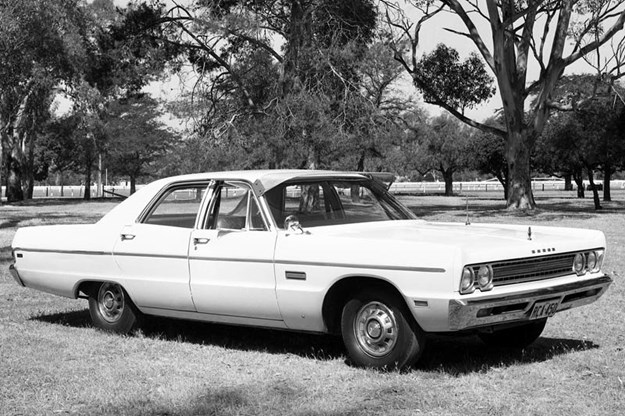
VALUE RANGE: DODGE PHOENIX (400 hardtop)
Fair: $7500
Good: $18,000
Excellent: $28,000
(Note: exceptional cars will demand more)
BUYER'S CHECKLIST
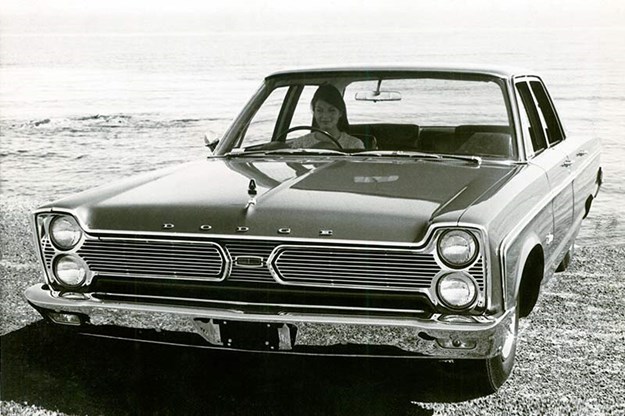
Body & chassis
Body rust is going to be an issue with cars that haven’t received professional attention over the years. Vinyl roof covering needs close inspection, looking for bubbling especially around the rear window and pillars. Given their age, these cars need an on-hoist inspection looking for damage to floor pans, chassis members, suspension attachment points and the lower firewall. Look also at the top surfaces of mudguards, wheel-arches, doors and the edges of the boot-lid and bonnet. Brightwork isn’t easy to locate even in the USA so make sure all the bumpers and rubbing strips are attached and in decent condition. Sets of body rubbers are available and even reproduction door-handles can be bought for $350 per pair.
Engine & transmission
Cars sold in Australia were all powered by V8 engines and both units are very durable. The smaller ‘318’ motor was shared from 1969 with Valiants so spares are easily found. US suppliers have everything needed to rebuild or upgrade it and the ‘383’ big-block. If neglected they suffer from overheating but a professional flush and radiator recore will help. New radiators are available for around $500. Misfiring and backfiring can be a warning of camshaft wear, or at least faulty ignition timing. Cars with show potential need to be running correct mechanical components, so seek advice from a Dodge authority if something doesn’t look ‘right’.
Suspension & brakes
Simple suspension design means easy maintenance and no serious durability issues. Replacements for wearing parts such as ball joints and bushings are available and at reasonable prices. The power steering needs to be checked for leaks but US-sourced reconditioned pumps cost around $400. All-drum brake set-ups need to be in top condition to deliver adequate stopping power but parts are available. Alternatively, US suppliers have kits which allow pre-1969 cars to be converted to front discs. The parts cost around $2000, with freight charges adding another few hundred.
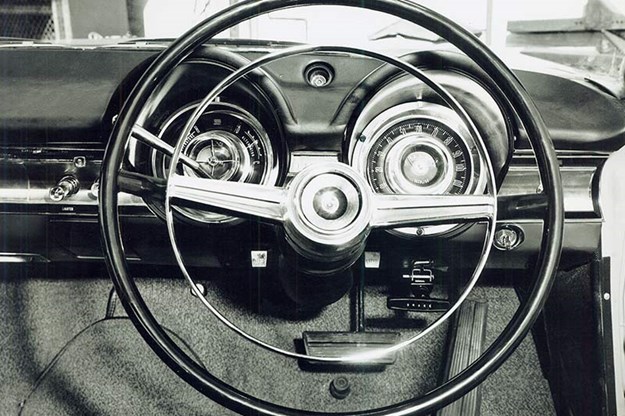
Interior & electrical
There isn’t a lot inside a Phoenix to fail but check that all the windows (almost always manual) wind up and down easily and the heater works. If the cars has an air-conditioner, check that the system has been upgraded to current specifications. Replacement hood-lining for the US-made Fury is still available but matching seat vinyl that has been damaged can be tricky. Make sure that small parts like control knobs are present and the dash dials aren’t cracked. Lenses for the tail-lights and indicators are still being made and it is easy to obtain reconditioned or even new electrics such as the alternator and starter motor.
1965-1972 Dodge Phoenix specs
NUMBER BUILT: N/A (1965-68) 1600 (800 sedan, 800 hardtop) 1969-72
BODY: All-steel, unitary construction four-door sedan and hardtop
ENGINE: 5210cc and 6277cc V8 with overhead valves and single downdraft carburettor
POWER & TORQUE: 200kW @ 4400rpm, 526Nm @ 2800rpm (Limited 400 Hardtop)
PERFORMANCE: 0-96km/h – 9.9 seconds, 0-400 metres 17.4 seconds (400 Limited)
TRANSMISSION: Three-speed automatic
SUSPENSION: Independent with upper and lower control arms, torsion bars and telescopic shock absorbers (f), Live axle with semi-elliptic springs and telescopic shock absorbers (r)
BRAKES: Disc or drum (f) drum (r) power assisted
TYRES: 8.25x14 or 815x15 cross-ply
From Unique Cars #435, January 2020
Unique Cars magazine Value Guides
Sell your car for free right here
Get your monthly fix of news, reviews and stories on the greatest cars and minds in the automotive world.
Subscribe

.jpg)
.jpg)














